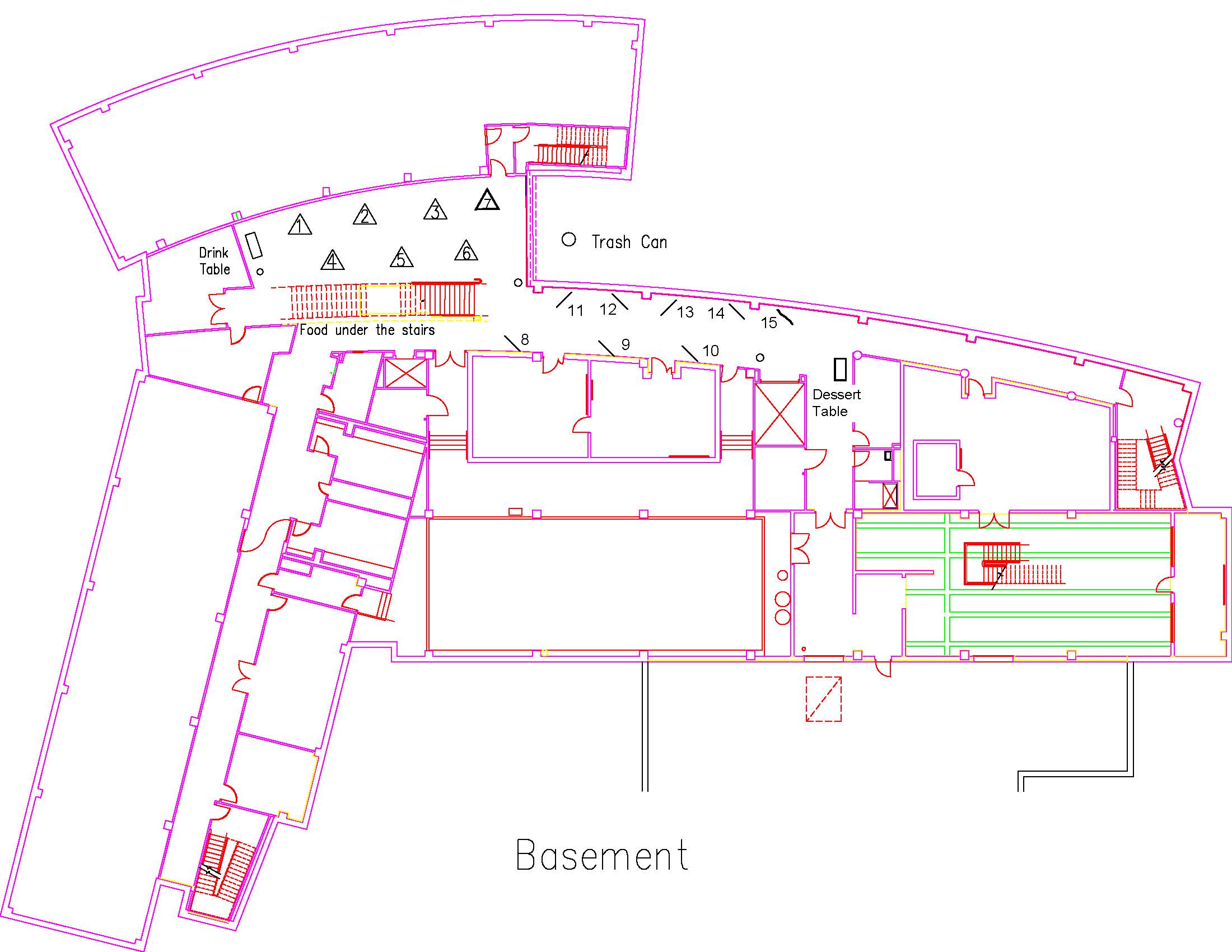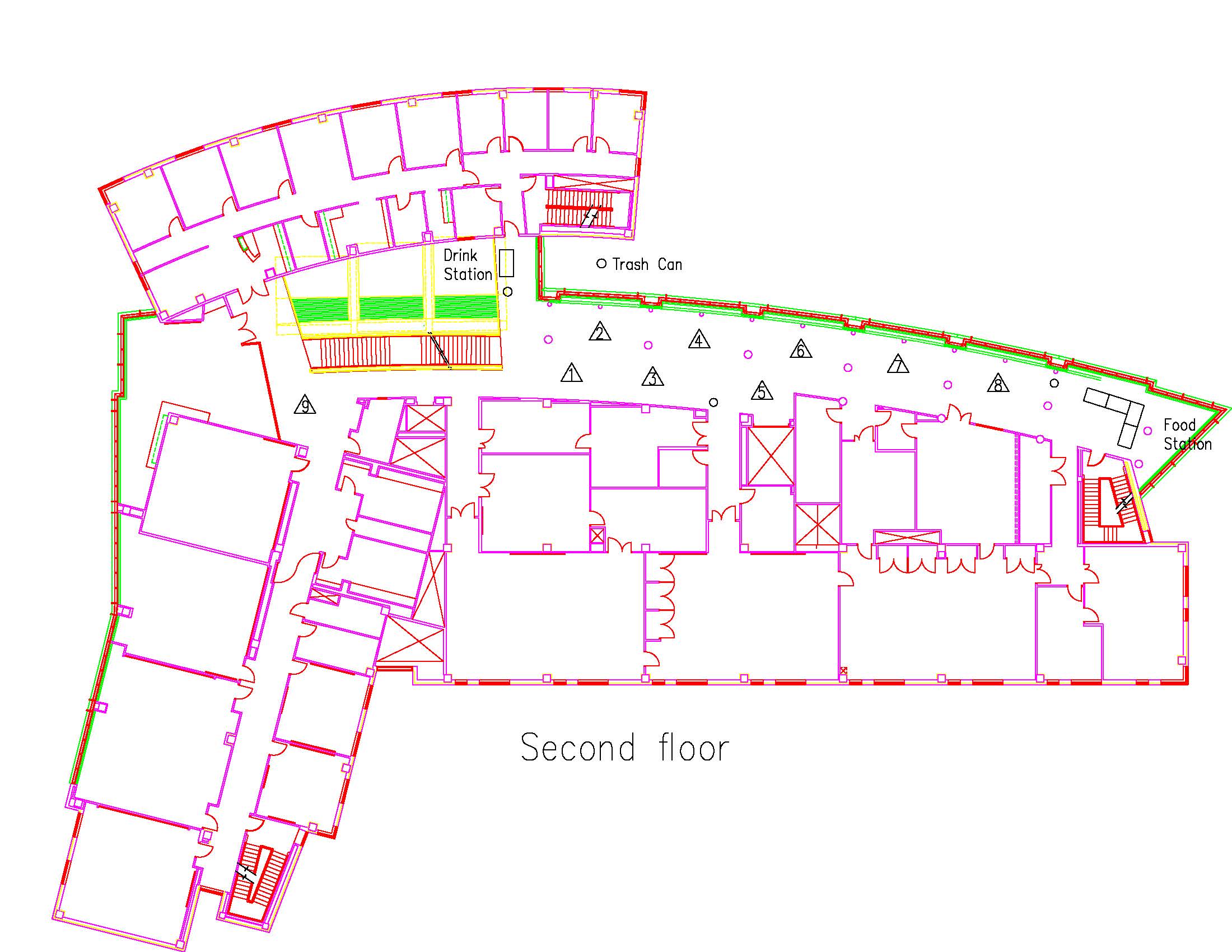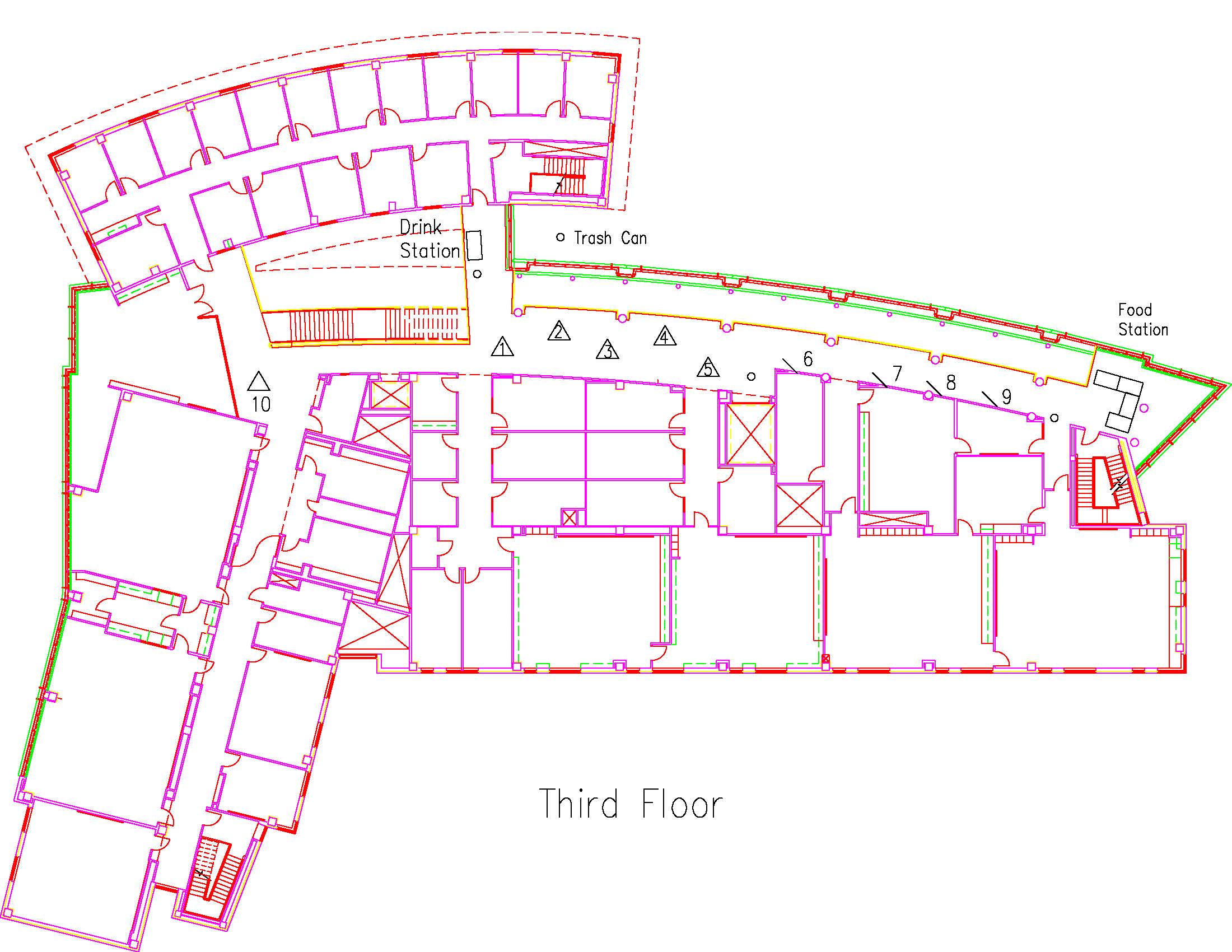BIOL2019SKALLEY13801 BIOL
Developing a worm model to investigate breast cancer
Type: Undergraduate
Author(s):
Courtney Skalley
Biology
Rachel Klevit
Biology
Sam Witus
Biology
Advisor(s):
Mikaela Stewart
Biology
Location: Session: 1; Basement; Table Number: 4

View PresentationIn many patients with breast cancer, a mutation in their BRCA1 gene disrupts BRCA1 protein’s function as a tumor suppressor. One mechanism through which BRCA1 prevents cancer is by acting as an enzyme to attach a signaling protein called ubiquitin to a H2A, a DNA packaging protein. This attachment inhibits gene expression of DNA damaging proteins. Here, we determine whether enzymatic activity of BRCA1 towards H2A is a conserved feature in C. elegans, a microscopic worm used as a model organism.
To measure conservation, we used mutagenesis to introduce mutations into C. elegans’ BRCA1 at a region homologous to the known human H2A binding site. Similar to mutations at this site in human BRCA1, our results showed a decrease in enzymatic activity when mutations were present. This indicates that C. elegans BRCA1 and human BRCA1 use similar mechanisms of attachment to H2A. To develop tools to study this reaction in C. elegans, we need to understand the position on H2A to which ubiquitin is attached. To accomplish this, we generated C. elegans H2A using cloning to eventually determine the specific location of ubiquitin attachment.
BIOL2019SMITH53164 BIOL
The Effects of Insulin Crystallization Growth in Microgravity
Type: Undergraduate
Author(s):
Laura Smith
Biology
John Balian
Biology
Alexander Ferguson
Biology
Advisor(s):
Magnus Rittby
Physics & Astronomy
Location: Session: 2; 2nd Floor; Table Number: 3

View PresentationOur experiment is about diabetes and Human and synthetic insulin crystallization in a microgravity environment. This experiment is designed to help us find out if there is a way to prevent crystallization of insulin, especially if we understand how it happens in microgravity. When insulin crystallizes, the bacteria that usually makes it viable stops working. This would cause it to be ineffective for patients in dire need of this medication. To complete this experiment we would like to send three different varieties of insulin in a type 3 mini lab FME (Fluids Mixture Enclosure) to the International Space Station (ISS), kept in ambient temperatures, to see if it crystallization occurs within a certain amount of time. We will keep the experiment refrigerated at or below 40℉ during transportation to the ISS and again after arrival back to our lab to prevent crystallization occurring outside of the experiment. Refrigeration slows the crystallization growth and this is how it is stored on Earth. Keeping our experiment refrigerated during transportation is an important step because the insulin crystallization growth should only be measured while in microgravity. It is also important to note that crystallization of insulin is slow so change in crystal growth will not be evident if out of refrigeration for short periods of time. We would like to keep our insulin types out of refrigeration for a period of six weeks minimum. While testing insulin crystallization in microgravity, we will be conducting the same experiment on Earth as our control. If we can understand more about synthetic insulin, maybe one day diabetic men and women can follow their passion of being astronauts and humans with this disease will have the opportunity to go to microgravity environments for extended periods of time.
BIOL2019TAETZ44707 BIOL
The Effects of Hepatitis C Virus NS5A Protein on Antiviral Gene Expression
Type: Undergraduate
Author(s):
Sarah Taetz
Biology
Advisor(s):
Giridhar Akkaraju
Biology
Location: Session: 1; 2nd Floor; Table Number: 7

(Presentation is private)Hepatitis C virus currently infects around 130-170 million people. HCV, a member of the Flaviviridae family, causes chronic liver inflammation which can lead to liver cirrhosis or hepatocellular carcinoma. One of the nonstructural proteins of HCV, NS5A, is known to diminish the host innate immune response via inhibition of antiviral gene expression. NS5A blocks NFkB from entering the nucleus, decreasing transcription of IFN-B. Specifically, NS5A 10A, a mutant form of the protein, is known to greatly diminish the activity of the IFN B promoter. Our goal is to determine how WT NS5A and another mutant, NS5A H27, affect this pathway as well. We did this by transfecting HEK 293 cells with the NS5A mutant of interest, infecting the cells with Sendai virus, and subsequently measuring the activity of the IFN B promoter using a luciferase assay. In addition, NS5A contains three domains: I, II, and III. We are interested in determining which domain of NS5A is particularly important for blocking antiviral gene expression. We designed primers to created truncations of the protein containing the individual domains via PCR.
BIOL2019TRAN15907 BIOL
Uncovering the effects of thyroid disruptors on immune function of fathead minnows
Type: Undergraduate
Author(s):
Nghi Tran
Biology
Marlo Jeffries
Biology
Advisor(s):
Marlo Jeffries
Biology
Location: Session: 2; 3rd Floor; Table Number: 10

(Presentation is private)Previous studies showed that exposures to thyroid inhibitors during early stages of development lead to long-lasting alterations in disease resistance. Therefore, the goal of this project was to assess the effects of early life stages thyroid disruption on the maturation and function of immune cells using propylthiouracil (PTU)-exposed fathead minnow as a model system. The specific objectives of this study were to evaluate the impacts of early life stage PTU-exposure on 1) neutrophil migration and 2) transcriptomic markers of lymphoid and myeloid cell development. These objectives were accomplished by exposing fathead minnow embryos to 35 mg/L and 70 mg/L PTU for 10 days, while evaluating neutrophils migration with a tail nicking assay and assessing immune cell development by measuring transcriptomic markers of maturation at 10 days post fertilization (dpf). There were no differences in transcriptomic markers for lymphoid cell development between PTU and control groups. However, PTU-exposed larvae showed a decreased amount of neutrophils at wound site as well as decreased v-ymb expression compared to those of the control at days 7 and 10, indicating that early life stage thyroid disruption interfered with the normal development and subsequently reduced immune response in these organisms.
BIOL2019TRAN59888 BIOL
A Pharmacogenomics Retrospective Study on the CYP Gene and its Variants for the Efficacy of Various Drugs across Different Races
Type: Undergraduate
Author(s):
Nga Tran
Biology
Advisor(s):
Dennis Cheek
Biology
Location: Session: 2; 3rd Floor; Table Number: 1

View PresentationPurpose: The objective of this retrospective study was to identify genetic variants of gene encoding a major drug-metabolizing enzyme among two different races – African American and Caucasian – based on pharmacogenomics testing and interpretive report (GeneSight). The study might shed lights for the application of precision prescribing in the clinical settings in the near future.
Methods: A retrospective study of de-identified interpretive reports from GeneSight of sixteen individuals (n = 16) at the Mental health Mental Retardation (MHMR) of Tarrant County. There are five reports of male and eleven reports of female in this study, of which six are African American and ten are Caucasians. The study was divided into two groups based on their races. Percentage of different alleles within variants of the CYP gene family were determined. Based on genetic components of patients, drug recommendations were made by AsureRx Healh, Inc.
Hypotheses: CYP2 is known to be highly polymorphic in the scientific literature. It is hypothesized that genetic variants will be observed in the CYP2 gene.